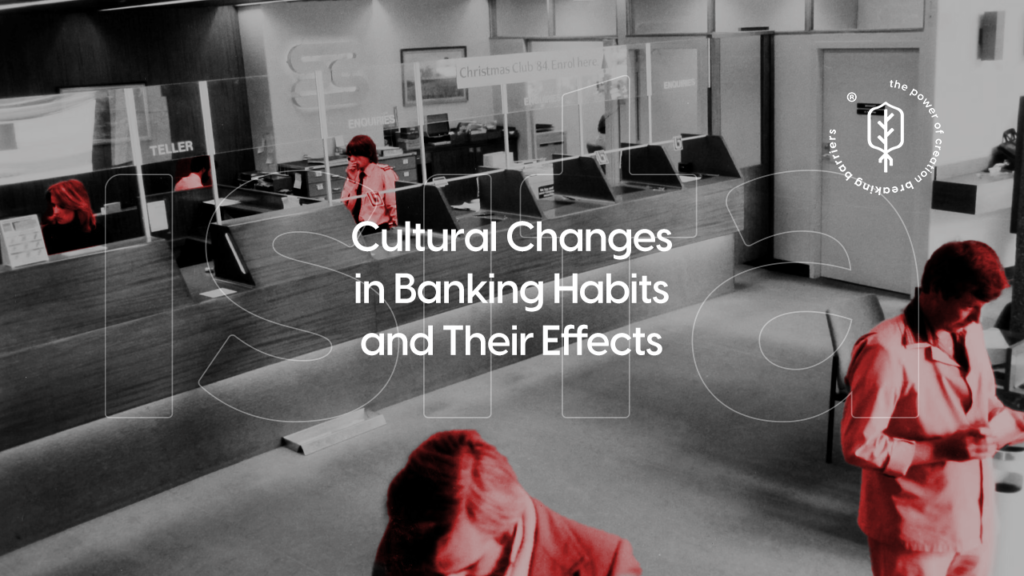The technology sector is experiencing unprecedented expansion, driven by digital transformation and the adoption of emerging technologies such as artificial intelligence, big data, and cloud computing. In this context, the demand for specialized IT talent has grown exponentially, leading to what is now known as the war for IT talent. This global competition to attract and retain top professionals has forced companies to seek flexible and efficient strategies to expand their teams, with staff augmentation emerging as one of the most valuable solutions.
Particularly, the relationship between Mexico and the United States has strengthened in recent years through collaboration models based on this approach. U.S. companies have found Mexican tech talent to be a strategic resource for quickly and efficiently meeting their technological needs. In 2023, the IT industry in Mexico reached a value of $34.5 billion, with an annual growth projection of 8 percent until 2027, according to Statista. This growth has positioned Mexico as an emerging technology hub, making it a key player in the global digital services market.
Figures such as Tatiana Clouthier, former Secretary of Economy of Mexico, have highlighted the value of nearshoring—the strategy of relocating production processes and services to nearby countries—as a competitive advantage for attracting technology investments. This approach has solidified Mexico as the ideal partner for U.S. companies seeking highly qualified IT talent while optimizing costs and response times.
What is Staff Augmentation?
Staff augmentation is a flexible hiring model that allows companies to expand their teams with specialized professionals on a temporary or long-term basis. Unlike traditional outsourcing, where entire projects are delegated to third parties, this model integrates external talent directly into the organization’s internal teams, ensuring greater control over operations and closer collaboration.
This model is particularly attractive in the IT industry, where the demand for specific skills constantly shifts, and the speed of project execution can determine success or failure. Through staff augmentation, companies can quickly access developers, software engineers, data analysts, and cybersecurity experts without incurring the costs and rigidity of traditional hiring processes.
The Rise of Staff Augmentation in the Mexico-U.S. Relationship
Geographic proximity, time zone compatibility, and the increasing specialization of Mexican tech talent have made Mexico a strategic partner for U.S. technology companies. This trend has been reinforced by nearshoring, promoted by figures like Tatiana Clouthier, who emphasized the importance of leveraging logistical advantages and the quality of Mexican human capital to attract foreign investment.
Several factors explain why staff augmentation is booming between Mexico and the United States:
1. Global Shortage of IT Talent
The consulting firm Korn Ferry estimates that by 2030, the global shortage of IT professionals will reach 4.3 million. In the United States, this shortage is particularly severe, leading companies to seek talent beyond their borders. Mexico, with more than 110,000 annual graduates in engineering and technology fields, according to the National Association of Universities and Higher Education Institutions (ANUIES), has established itself as a reliable source of IT specialists.
2. Competitive Costs
Mexican talent offers a highly attractive cost-benefit ratio. IT salaries in Mexico are more competitive than in the United States without compromising quality. This advantage allows companies to optimize their budgets while maintaining innovation and the development of high-level solutions.
3. Quality and Specialization
Mexico’s technology ecosystem has evolved significantly over the past decade. Cities like Guadalajara—known as Mexico’s Silicon Valley—as well as Monterrey and Mexico City, are home to tech clusters that bring together startups, universities, and international corporations. This has created a dynamic community of developers and IT experts who stay up to date with the latest industry trends.
4. Flexibility and Agility
Staff augmentation enables U.S. companies to quickly respond to workload spikes or projects requiring specific skills, without assuming the risks of hiring permanent employees. This flexibility is crucial in the tech industry, where adaptability is key to maintaining a competitive edge.
Benefits of Staff Augmentation in the War for IT Talent
Quick Access to Specialized Skills
Traditional recruitment cycles can take months, delaying critical projects. With staff augmentation, companies gain almost immediate access to professionals specialized in areas such as web development, mobile applications, data analysis, artificial intelligence, and cybersecurity.
Lower Operational Costs
In addition to competitive salaries, this model allows companies to reduce costs associated with employee benefits, insurance, and initial training, as contracted professionals typically come with the necessary experience to integrate seamlessly into the team.
Integration with Internal Teams
Specialists hired through staff augmentation work directly with internal teams, ensuring alignment with the company’s culture and project goals. This fosters collaboration and enhances task execution.
Risk Reduction
In an industry where employee turnover is high, staff augmentation provides a temporary solution that allows companies to evaluate performance before considering a permanent hire. This mitigates the risks of misaligned hiring decisions.
Challenges of Staff Augmentation in the IT Sector
Despite its many benefits, implementing staff augmentation comes with challenges that companies must consider:
- Competency Evaluation: It is essential to have rigorous processes to assess both technical skills and behavioral aspects of professionals.
- Coordination and Communication: Integrating external staff requires efficient communication management to ensure alignment with internal teams.
- Knowledge Retention: When specialists complete their contracts, it is crucial to ensure proper knowledge transfer to the permanent team.
Behavioral Assessment: A Key Factor in Staff Augmentation Success
Success in staff augmentation depends not only on technical skills, but also on the professional’s ability to adapt to the company’s culture and collaborate efficiently. Tools like PDA Assessment, a behavioral profile analysis technology, are essential for evaluating the soft skills of candidates and ensuring they align with the company’s values and team dynamics.
These assessments help identify behavioral tendencies, leadership styles, and key competencies such as adaptability, communication, and teamwork, which are crucial in IT projects that require constant collaboration.
The war for IT talent has pushed companies to seek innovative solutions to attract and retain top professionals in an increasingly competitive global market. In this scenario, staff augmentation is a key strategy that allows companies to quickly access specialized talent, optimize costs, and ensure the continuity of technology projects.
The strategic relationship between Mexico and the United States, supported by the growth of Mexico’s IT industry and nearshoring policies, has positioned Mexican tech talent as a key asset. With the support of tools like PDA Assessment, companies can ensure that the professionals they integrate are not only technically proficient but also culturally and behaviorally aligned with their teams, maximizing business results.



